There are many changes in the legs on the legs that can make people think of their nails as fungal infections, from a medical point of view (called Onychomycisos). Fungal infections of the nails can sometimes lead to contagious or associated with poor hygiene. In fact, up to 10% of adults suffer from fungal nail infections. This percentage increases to 20% of adults aged 60 and 60 years. In fact, abnormal nails may be caused by a variety of diseases, including but not limited to fungal infections. There are many other reasons why nails look different.
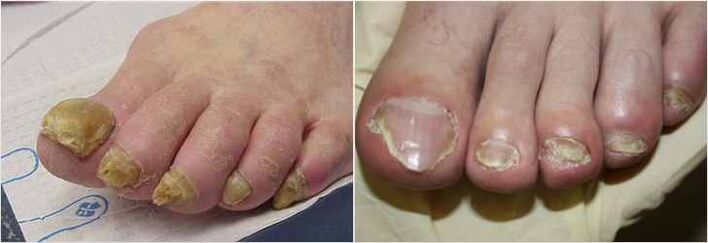
Treatment of nail fungi
Thyroid disease is a fungal infection that is usually caused by a special type of fungus, called skin plants. Since most of these infections are relatively superficial, the current procedure seems to be good. This is not the case, because nails are relatively impermeable. Examples of states that are often mistaken for fungal nails include yellow (octahydroxylation), hematoma, green nails (caused by Pseudomonas bacteria), bones (usually associated with psoriasis), nail infections (steam care), and late injuries.
What other conditions can be taken for fungal nails?
Here are some other cases where fungal nails might be:
Lines and Ridges: They are common and can be considered normal. They may worsen during pregnancy. The large groove in the center of the nail may be caused by injury. Some people may notice these changes after chemotherapy.
Elderly nails: As you age, nails become fragile and develop ridges and separations of the nail layer at the ends. To avoid this, it is necessary to use special solutions and bathrooms.
White or pale yellow nails may cause cleavage. This means separating the plate from the nail base. The color of form is the air below the nails. Treatment involves brief cutting boards, not cleaning and polishing under them. If you need to hide the colors, you will need to wait two to three months. Constant Onkelos can make nails susceptible to fungal infections. Usually, red or blackboards caused by hematoma or blood under the nails, usually occur due to injuries. If there are black spots under the nails, which are not caused by injuries, you should see a dermatologist or orthopedic surgeon to make sure this is not melanoma (the type of skin cancer associated with pigment cells). A simple biopsy can rule out malignant tumors (cancer).
The green plate may be caused by the Pseudomonas bacteria grown under the nails, which are partially separated from the base of the nail. This infection can cause an unpleasant odor of the nails. Treatment involves cutting the nails briefly every four weeks, do not clean if you need to hide the color, and wait two to three months. It is also recommended to avoid immersing the plate in any water (drying the legs thoroughly after bathing. If the problem has not gone away, your doctor will prescribe a prescription for medication. Nails affected by psoriasis may also be brown.
The edema and redness of the skin around the nails is called paronychia. This is a skin infection (epiderma) at the base of the nail. If the infection is acute (starting quickly), it is usually caused by bacteria. He can react to a warm bathtub, but it is better not to intervene yourself, but to see a doctor right away. Chronic paroniosis occurs when the stratum corneum becomes inflamed or irritated over time. Sometimes fungi can use damaged skin and infect it. Treatment begins with the fact that the skin remains dry and is discharged from the water. If the problem does not go away, you should consult a doctor. Antibiotics are not used frequently, but severe infections may be required.
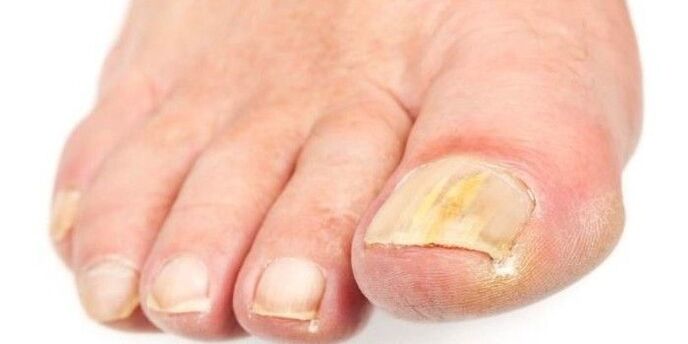
Chronic nail injuries can cause nail damage, which can be very similar to fungal nails. Some injuries can cause constant changes to mimic the appearance of fungal nails. Microbial defatted trichophophophophophophoton fungi, which live in the soil, can cause fungal infections of the skin, hair or nails.
What causes fungal infection and what are the risk factors?
In normal and healthy people, fungal infections in nails are most often caused by fungi, which falls into moist areas. Public showers, such as in a gym or swimming pool, are universal sources. In addition to the lives of family members who use fungal diseases, transitioning to using tools to clean under-clean nails (e. g. , Clippers, rounded corners and foot baths) is also a risk factor. Athletes have proven to be more susceptible to nail fungi.
Assume this is due to the fact that densely clinged, sweaty boots associated with repeated damage to the nails on the legs. The presence of exercise load makes fungi more likely to infect nails on the legs. Repeated damage also weakens the plate, which makes it more susceptible to fungal infections. These include all the worsening immune system that can make people susceptible to fungi. These diseases include AIDS, diabetes, cancer, psoriasis or the use of any immunosuppressant, such as steroids.
Are fungal nails contagious?
Although the fungus should be obtained somewhere, it is not very infectious. It is very common that finding more than one person in a family is just a coincidence. Fungi can be transmitted from one person to one person, but can only be exposed to it continuously.
What are the symptoms of fungal and nails?
Although fungal nails are often a cosmetic problem, some patients can feel pain and discomfort. These symptoms may be aggravated by improper shoes, movement and nail palettes. There are many types of mushrooms that affect the nails. However, most commonly, it is called the hairy plant rubrum. This fungus tends to infect the skin (called skin plants) and manifests itself in the following specific methods. It starts at the end of the nail and then raises the plate: it is called "distal tumor disease". This is the most common type of fungal infection in adults and children’s middle nails (90% of cases).
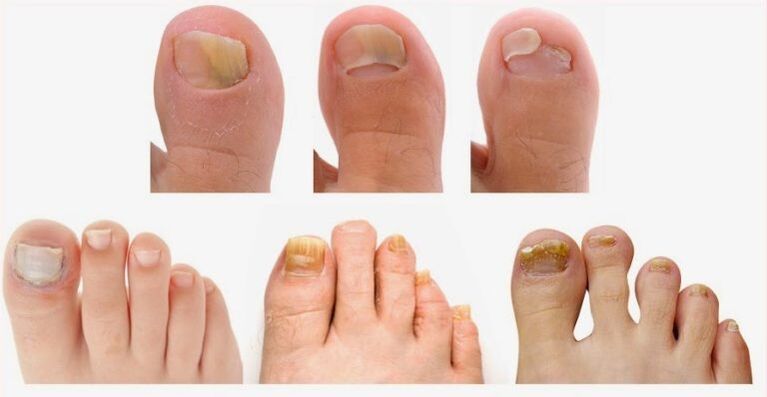
It is more common in toes and is usually the first to affect the thumb. Risk factors include age, swimming, exercise load, psoriasis, diabetes, family members with infection or immune system depression. Usually, it starts with a colorless area at the corner of the thumb and then slowly spreads to the cuticle. It is usually accompanied by a kind of synthesis. The most common reason is T.
It starts at the base of the nail and raises the nail: called "proximal tendonomyces". This is the least common type of fungal damage (about 3% of cases). It looks like the distal type, but starts with the cuticle (the bottom of the nail) and then slowly spreads to the tip of the nail. This type is almost always found in people with damaged immune systems. Unlike the distal sunny malignant disease, it is rare to see fragments under the tip of the nail. The most common causes are mold and skin plants.
Yeast Solubility: This type is caused by a yeast called Candida, not the Trichomonas fungus named above. This is more common in nails and is a common cause of fungal nails. Patients can be associated with paronychia (epidermal infection). Candida can cause yellow, brown, white, or thickened nails. Some infected people also have fungi in their mouths or chronic Palon disease, which also infect pores. Beneficiary diseases of white surfaces: In this nail state, doctors can usually clean the white powder material on the upper part of the nail plate. This condition is most common in tropical environments and is caused by well-known fungi and Trihofitii hosting.
What tests do health experts use to diagnose fungal nails?
The results show that only one physical examination is an unreliable method to diagnose fungal nails. There are many conditions that can make your nails look damaged, so it is difficult for even a doctor. In fact, studies have shown that only about 50% to 60% of nail occurrence cases are caused by fungi. Therefore, laboratory tests are almost always instructed. Some insurance companies may even ask for confirmation of diagnostic laboratory tests to cover antifungal medicine. The sample plate is obtained by cutting the nail or by drilling a hole in it. The work is sent to a laboratory and can be painted, cultured or tested using PCR (to identify the genetic material of an organism) to identify the presence of fungi.
For example, if a negative biopsy result is accompanied by high clinical suspicion, for example, due to the prevalence of false negative results in these tests, this requires ragging, bleaching, thickening and loose plates. Most drugs used to treat nail fungi have side effects, so you should be familiar with contraindications.
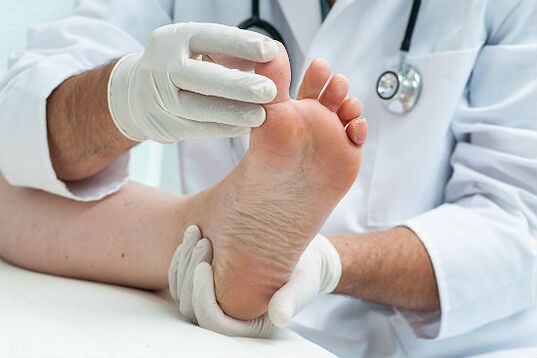
Which experts treat nail fungi?
Several doctors can provide treatment for nail fungi. Attendant, a dermatologist or an orthopedic doctor can treat nail fungi. Any of these doctors can provide the appropriate diagnosis and prescribe medications specific to fungal infections. An orthopedic or dermatologist can shake the upper layer of the nail and even remove a portion of the nail.
What is needed to treat fungal nails?
Traditionally, face creams and other related drugs are less effective against nail fungi than oral medications. This is because the penetration of nails to external applications is too complicated. It is also difficult to adhere to local treatment plans. Typically, these drugs need to be applied daily for up to one year to view the results. One of the main advantages of topical therapy compared to oral therapy is the lowest risk of severe side effects and drug interaction.
Coral antifungal treatments play a role in about 50-75% of cases, depending on the drug. This can take nine to twelve months to make sure it works, as this is the time when you need to build your nails. Even if the treatment works, fungi can return in about 20-50% of cases. Currently, oral antifungal therapy is considered the best tool for treating fungi in the legs due to the higher treatment rates and shorter treatment times compared to topical treatments.
Several innovative treatments are still being examined:
- Laser therapy or photodynamic therapy uses light-moving agents on the plate and then bright light of the corresponding wavelength on the nails.
- Use electric current to help absorb relevant antifungal drugs into the nails: it is also called an ionic carrier.
- The use of a special nail polish changes the nail microclimate to make it bad for fungal growth: if it works, it can be a cheap way to treat this problem.
One way to finally get rid of nail fungi is surgery. Surgical treatment of yard diseases involves removing nails. However, this usually only provides temporary relief, and relapse is common if other antifungal drugs are not used concurrently (oral or topical). However, if touching the nail is associated with other factors such as injury or infection, it can be justified for surgical removal.
Is it possible to prevent nail fungi from appearing on the legs?
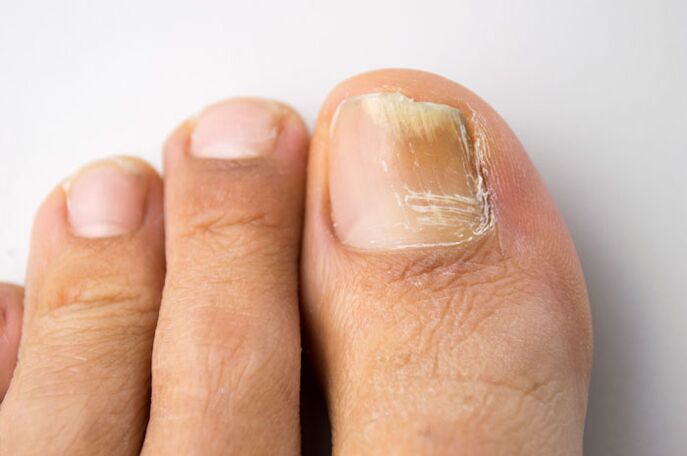
Because fungi do flourish in warm wet areas such as sweat, certain areas should be avoided or used with caution. Assuming showers, locker rooms and swimming pools are sources of fungi, although no studies confirm this fact.
Nail varnish and acrylic nails also reduce the "breathing" of the dish, making it more susceptible to fungal infections. Mushrooms are everywhere - in the air, in the dust and in the soil. Hygiene measures, such as spraying socks and shoes, are reasonable, and perhaps these measures can even help a little. However, avoiding thicker than sports facilities for breathing boots or gender is likely to be the best prevention. Washing hands daily and drying between fingers can help prevent nail fungi. Fungi are transferred to pets, such as cats and dogs. However, they usually do not cause illness.
How to determine nail fungus?
Treatment of fungal nails can be difficult and can take up to 18 months. Reinfection and reinfection are common (reinfection frequency is 40%-70%). If possible, trying to remove or alter risk factors is essential to prevent reinfection. People with medical conditions can cause them to suffer from fungal lesions that can be cured from the fungus for a longer period of time.
Tips for preventing nail fungus treatment
This fungus only causes 50%-60% of abnormally expanded nails. It's hard to immediately notice the difference between the various causes of nails (even doctors). Thyroxine is not usually treated. The main reasons for treatment are injuries to the legs or nails.























